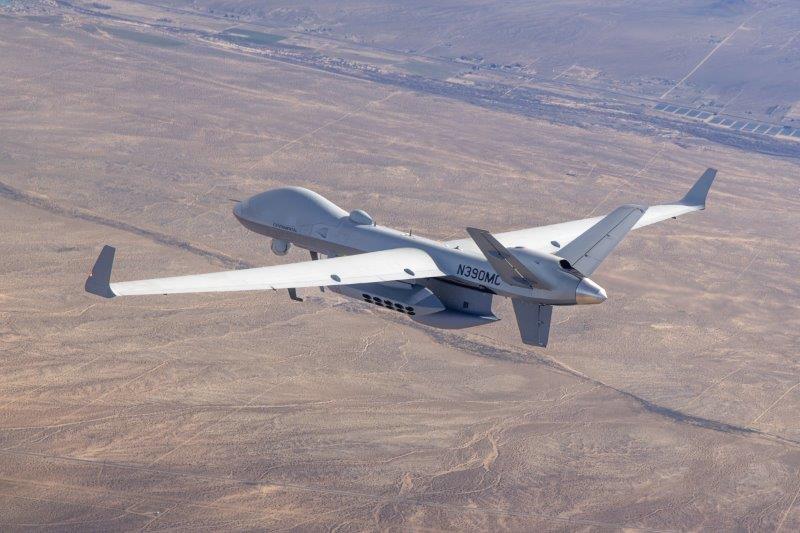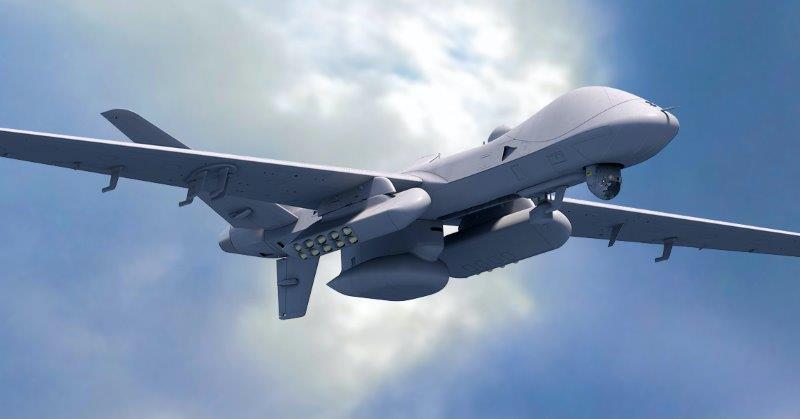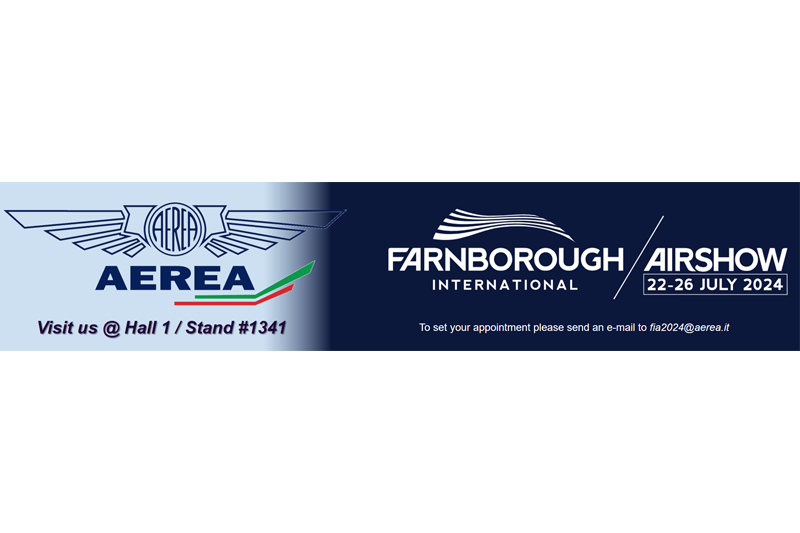The anti-submarine MQ-9B SeaGuardian tested with the equipment of the Italian AEREA
The American company General Atomics Aeronautical Systems, Inc. (GA-ASI) announced that a series of flight tests of the MQ-9B unmanned aircraft SeaGuardian equipped for anti-submarine missions were successfully conducted in collaboration with the US Naval Air Systems Command (NAVAIR) on February 27 at the US Navy’s W-291 test range in Southern California.
The MQ-9B SeaGuardian unmanned aircraft or RPAS (Remotely Piloted Air System) was equipped with GA-ASI Sonobuoy Dispensing System (SDS) Sonobuoy Monitoring and Control System (SMCS). Although the press release did not provide further information on the ASW suite, as we will highlight further on, the SeaGuardian RPAS has previously conducted tests with the management system and processing of data collected by the acoustic buoys of the Canadian General Dynamics Mission Systems.
.
“This was a very successful demonstration of the capabilities of our SDS system,” said GA-ASI President David R. Alexander. “The demonstration helped us put the SDS system to the test, which is an important component for (the SeaGuardian’s) ASW capability,” which flew under a provisional flight authorization from US NAVAIR.
The GA-ASI SDS pod is characterized by the ability to house and launch up to 10 type A acoustic buoys or up to 20 type G acoustic buoys in a pod for transport on underwing attachments measuring 3.96 meters in length, 1.06 meters high by 0.76 meters deep with an empty weight of 132 kg which becomes 340 kg with the load of acoustic buoys.
The SDS pod is equipped with an advanced pneumatic ejection system specifically developed, designed and produced by the Italian company AEREA at its factory in Turate (Como), supplied pre-installed on the part of the pod structure shipped directly to the USA for completion of final assembly by the American company. Pneumatic technology is a characterizing aspect of AEREA’s capabilities originally internally developed for its store carriage and release equipment already in service, for example, on the M-346 advanced training/LIFT aircraft.
GA-ASI’s SeaGuardian performed the entire flight test activity configured with the SDS pod and Raytheon’s SeaVue multi-role surface surveillance radar. During the test activities, the SDS system launched eight Directional Frequency Analysis and Recording (DIFAR) AN/SSQ-53 acoustic buoys and two Directional Command Activated Sonobuoy System (DICASS) AN/SSQ-62. Upon deployment, the sonobuoys were successfully monitored by GA-ASI’s SMCS system.

The MQ-9B SeaGuardian has four underwing hardpoints capable of carrying an equal number of SDS pods for a total of 40 type A and 80 type G buoys. The tests last February follow a series of activities that have been ongoing since 2017 and which in 2021 recorded the participation of a GA-ASI MQ-9A in ASW configuration on a US Navy range in the Pacific.
In a standard ISR and ASW configuration, the SeaGuardian has an endurance exceeding 18 hours, with an 8-hour operating zone stay at a distance of 1200 nautical miles from the launch base, ensuring significant additional capacity at cost reduced for ASW missions in support of piloted platforms. With multi-domain capabilities that allow it to adapt from mission to mission, the SeaGuardian has been used by the United States in several recent demonstrations, including Northern Edge, Integrated Battle Problem and Group Sail. The aircraft is currently used by the Japan Coast Guard (JCG) and the Japan Maritime Self-Defense Force (JMSDF).
source: analisidifesa.it
Articoli correlati

PAS2025: International Air Show Le Bourget 2025
PAS2025: International Air Show Le Bourget 2025 We will be attending the PAS2025: International Air Show Le Bourget 2025 Meet us in Hall 1 –

Farnbrough International Airshow 2024
We will be attending the FIA2024: FARNBROUGH INTERNATIONAL AIRSHOW 2024 Meet us from 24th to 26th July 2024 at Hall 1 – Stand #1341. Related Articles

100°AMI – Roma EUR, La Nuvola
100°AMI – Roma EUR, La Nuvola It’s an event that will be held between 12th and 15th May 2023, to which Aerea will be present

PAS2023: International Air Show Le Bourget 2023
PAS2023: International Air Show Le Bourget 2023 We will be attending the PAS2023: International Air Show Le Bourget 2023 Meet us in Hall 1 –

Aerea prepares for the future of Defence
Aerea prepares for the future of Defence SPECIALE AEROSPAZIO – Realtà Eccellenti Il Sole 24 Ore Lunedì 29 Agosto 2022– N.237 Product and process innovation
